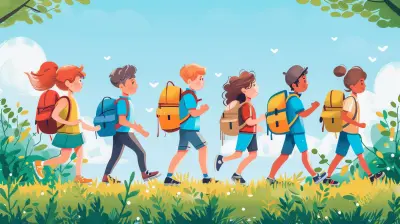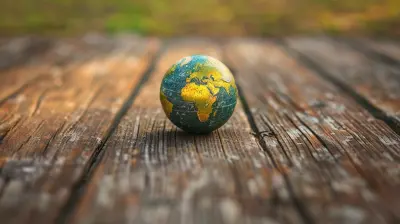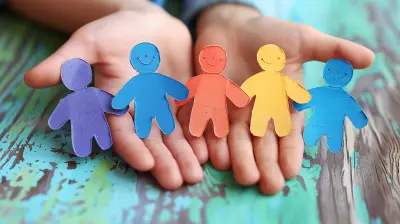Using PBL to Teach Critical Environmental Issues
6 October 2025
Environmental issues are becoming more pressing by the day. From climate change to plastic pollution, the challenges are real and urgent. But how do we prepare students to tackle these problems head-on? Enter Project-Based Learning (PBL)—a hands-on, engaging way to teach students how to think critically and solve real-world environmental challenges.
In this article, we’re diving deep into how PBL can be a game-changer in environmental education. We'll explore why it's effective, how teachers can implement it, and some exciting project ideas to get started. Ready? Let’s jump in!
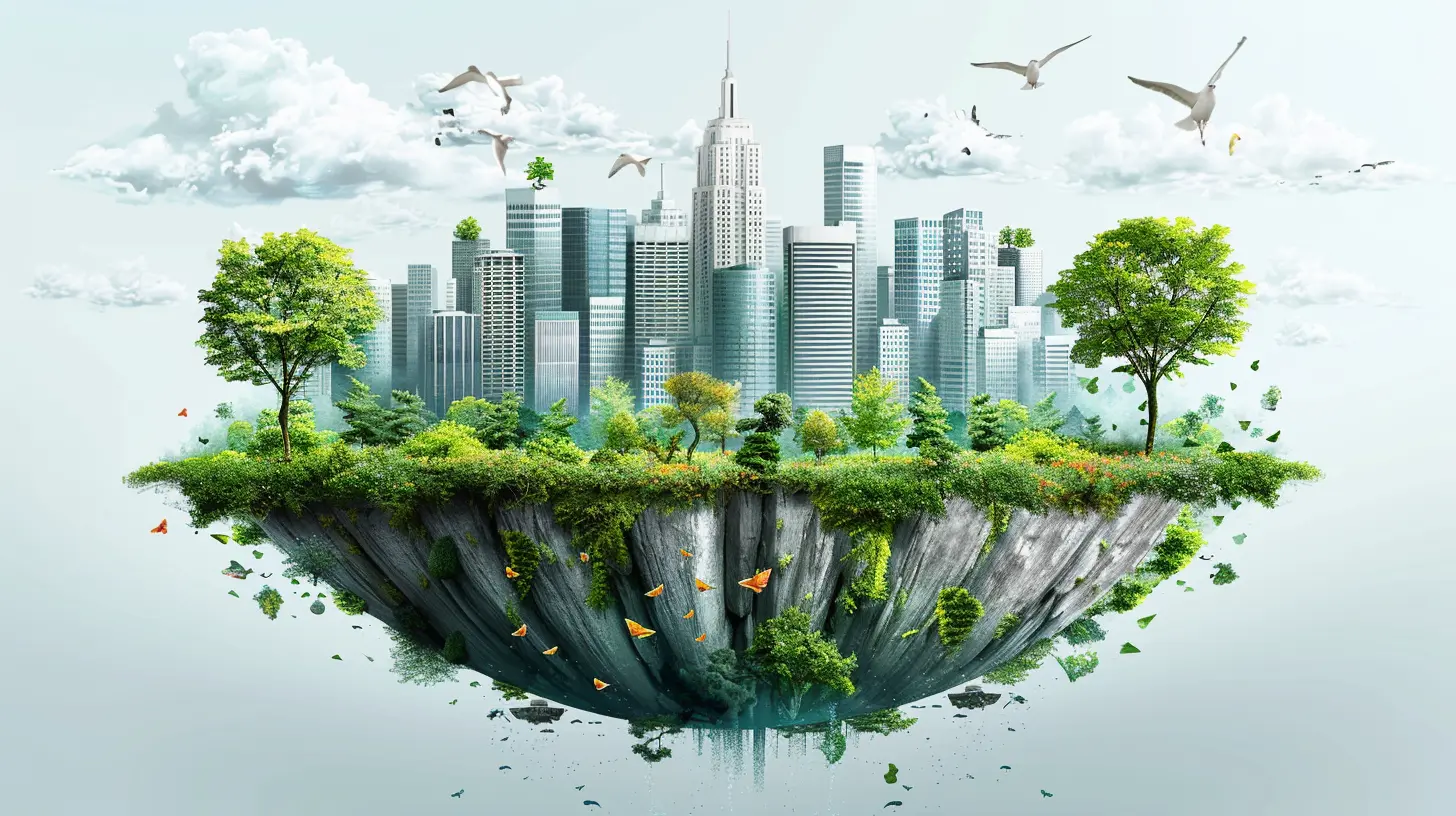
What Is Project-Based Learning (PBL)?
At its core, Project-Based Learning (PBL) is an instructional approach that encourages students to learn through real-world projects. Unlike traditional learning methods that rely on lectures and rote memorization, PBL puts students in the driver's seat. They identify problems, research solutions, and create projects that address real-world issues.For environmental education, this approach makes perfect sense. Instead of just reading about pollution or deforestation, students actively work on finding solutions, which engrains the knowledge much deeper.
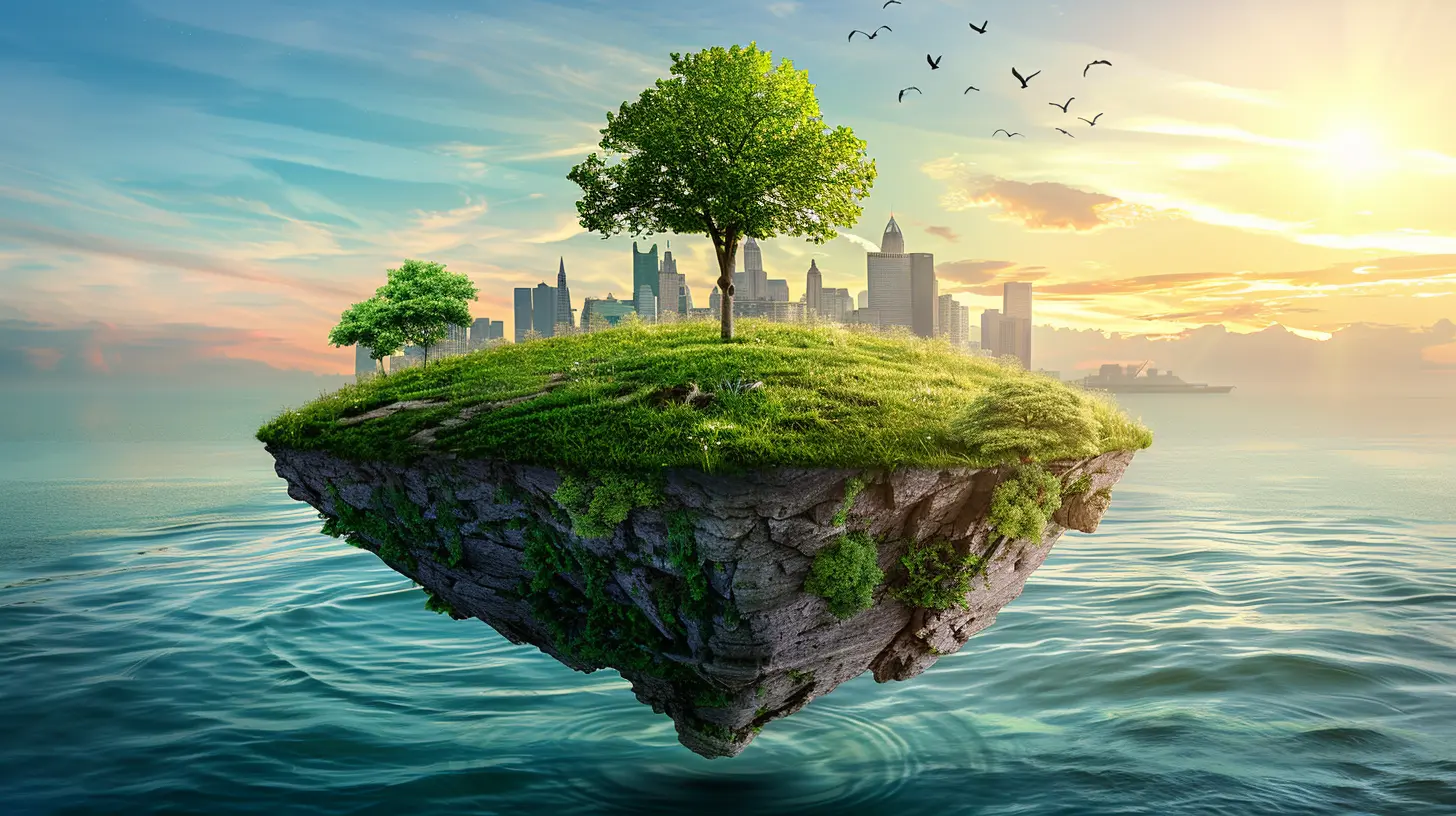
Why Use PBL for Teaching Environmental Issues?
1. Encourages Critical Thinking and Problem-Solving
Let’s be honest—environmental problems aren’t simple. They’re complex, interconnected, and ever-evolving. Students need to move beyond memorizing facts and start thinking critically about solutions. PBL challenges them to analyze data, brainstorm solutions, and implement their ideas.2. Engages Students with Real-World Relevance
Many students struggle to see the relevance of textbook learning in their daily lives. But with PBL, they’re tackling real environmental issues in their communities. When learning feels meaningful, students are far more engaged and motivated.3. Develops Collaboration Skills
Environmental issues require teamwork—scientists, policymakers, and activists all work together to create change. PBL mimics this dynamic by fostering collaboration among students. They learn to communicate, delegate tasks, and work towards a common goal—a crucial skill for their future careers.4. Builds a Sense of Responsibility
When students work on environmental projects, they see firsthand how their actions impact the planet. This cultivates a sense of responsibility and urgency, encouraging them to make sustainable choices even beyond the classroom.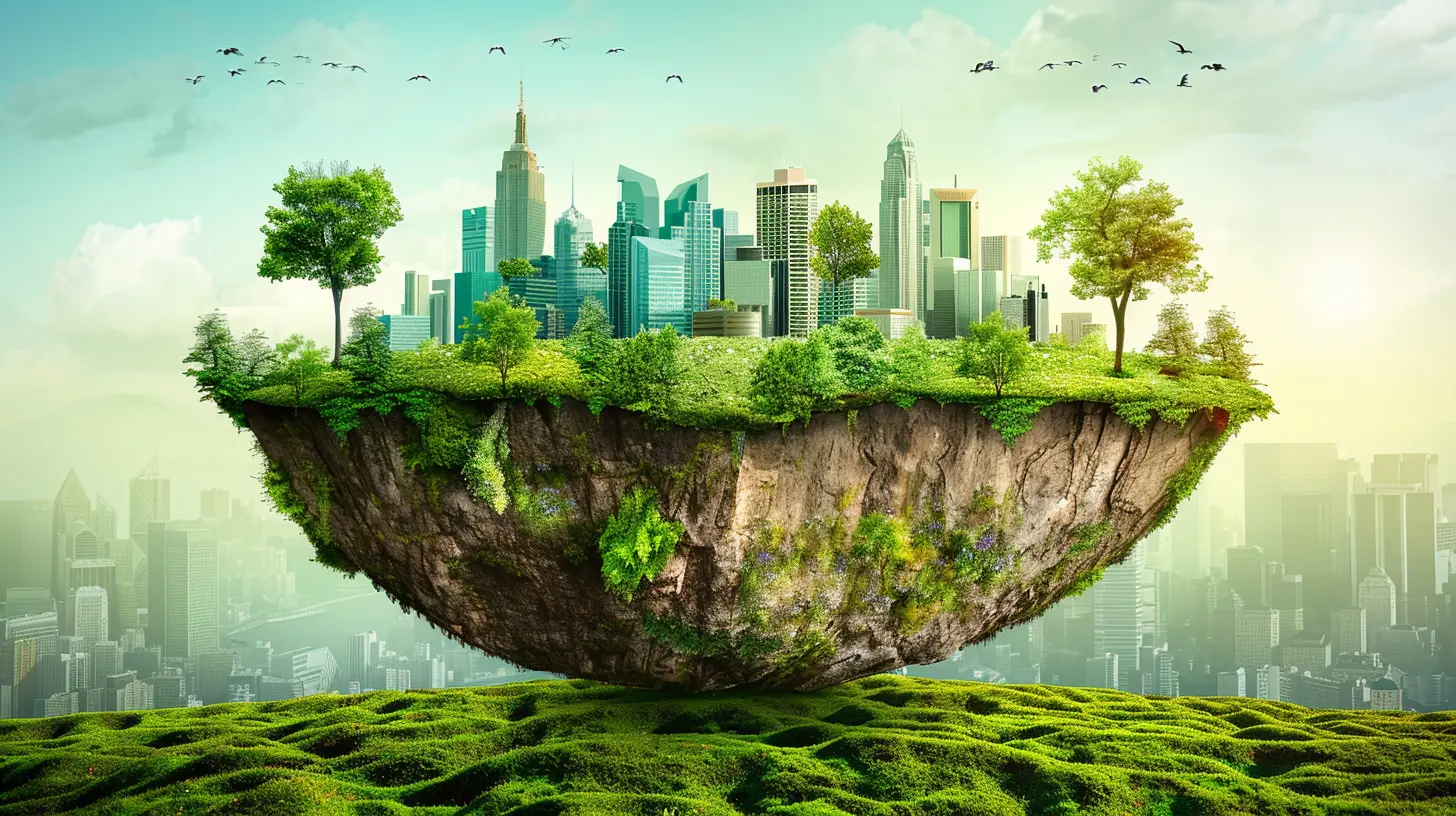
How to Implement PBL in Environmental Education
Integrating PBL into your curriculum doesn’t have to be overwhelming. Here’s a step-by-step guide to bringing PBL into your classroom:Step 1: Identify a Local or Global Environmental Issue
Start by choosing an environmental issue that resonates with your students. This could be climate change, deforestation, ocean pollution, or waste management. Better yet, focus on a local issue—something students can directly observe and influence.Step 2: Define the Driving Question
A strong driving question guides the project and keeps students focused. It should be open-ended, meaningful, and thought-provoking. Some examples might include:- How can we reduce plastic waste in our community?
- What solutions can we create to improve urban air quality?
- How can we design a school garden that promotes biodiversity?
Step 3: Conduct Research and Brainstorm Solutions
Encourage students to dig deep into their chosen issue. They can analyze data, interview experts, watch documentaries, and conduct experiments. The goal is to understand the problem thoroughly before jumping into solutions.Once they’ve done their research, students should brainstorm possible solutions—no idea is too big or small!
Step 4: Develop and Implement a Project
Now comes the exciting part—creating a solution and putting it into action! Depending on the topic, students might:- Create awareness campaigns through social media, posters, or school presentations.
- Launch recycling or composting programs to reduce waste on campus.
- Construct eco-friendly models, such as solar-powered devices or water filtration systems.
- Partner with local organizations to implement sustainability initiatives.
Step 5: Present Findings and Reflect
Once the project is complete, students should present their findings—to the class, school, or even local community leaders. This stage reinforces their learning and helps them practice communication skills.After presenting, encourage students to reflect:
- What worked well?
- What challenges did they face?
- What would they do differently next time?
Reflection is a key part of PBL and helps students improve their critical thinking skills for future projects.
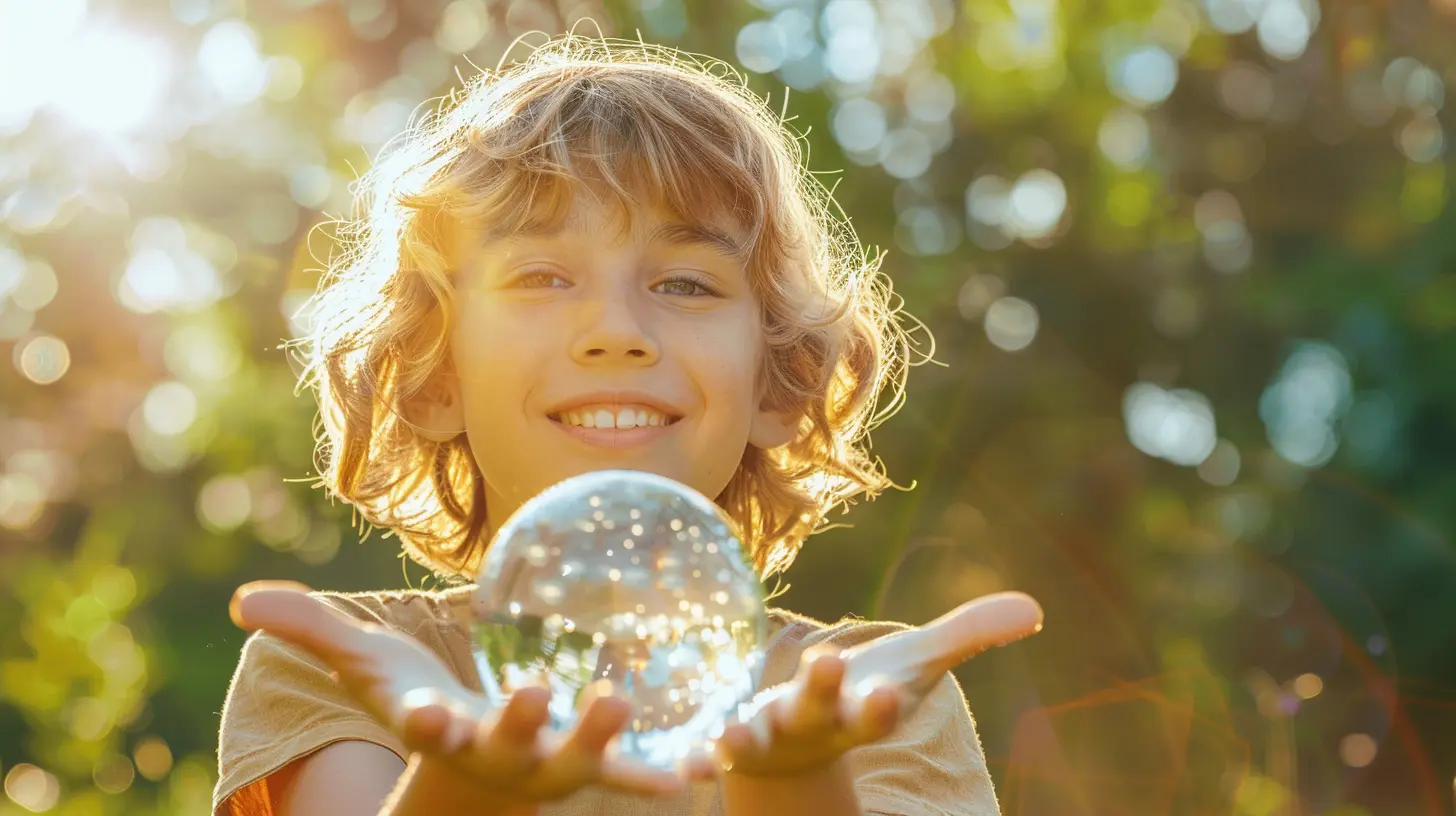
Inspiring Project Ideas for Environmental PBL
Need some inspiration? Here are some great PBL ideas for tackling environmental issues:1. Zero Waste Challenge
Students track their personal waste for a week and develop strategies to reduce, reuse, and recycle more effectively. They can then create school-wide initiatives to minimize waste.2. School Garden Project
Students design and maintain a garden using eco-friendly practices. This teaches them about sustainability, biodiversity, and the importance of growing food locally.3. Water Conservation Initiative
Students research water waste in their community and implement conservation techniques like rainwater harvesting or low-water-use strategies.4. Eco-Friendly Product Innovation
Challenge students to design environmentally friendly products—like biodegradable packaging, solar-powered gadgets, or sustainable fashion items.5. Community Clean-Up Campaign
Students organize and lead a beach, river, or park clean-up. They can document their findings and propose long-term solutions to prevent littering.6. Climate Change Awareness Documentary
Students create short films or documentaries on climate change, focusing on its local and global effects. These can be shared on social media to spread awareness.Challenges and How to Overcome Them
While PBL is highly effective, it does come with challenges. Here’s how to tackle them:1. Time Constraints
PBL takes time, and with packed curriculums, it can be hard to fit in. Solution? Start small—incorporate mini-projects instead of full-term commitments.2. Limited Resources
Not every school has access to fancy labs or expensive materials. Solution? Use online research, virtual collaboration tools, and local partnerships to maximize resources.3. Keeping Students on Track
With so much freedom, students might lose focus. Solution? Set clear goals, check-in frequently, and provide structured guidelines to keep them engaged.
Final Thoughts
Using Project-Based Learning (PBL) to teach critical environmental issues isn’t just effective—it’s necessary. Our planet needs young minds that can think critically, collaborate effectively, and take meaningful action. PBL empowers students to do exactly that.So, whether you’re a teacher, student, or educator looking to revolutionize environmental education, remember this: learning is most powerful when it’s hands-on, real-world, and driven by purpose. Let’s equip the next generation not just to learn about environmental challenges—but to solve them.
all images in this post were generated using AI tools
Category:
Project Based LearningAuthor:

Eva Barker
Discussion
rate this article
1 comments
Phoenix McQuiston
This article provides a valuable perspective on Project-Based Learning (PBL) as an effective approach to teaching critical environmental issues. By engaging students in real-world problems, PBL fosters critical thinking and collaboration. However, it would be helpful to explore potential challenges educators might face when implementing this method in diverse classroom settings.
October 20, 2025 at 3:29 AM

Eva Barker
Thank you for your feedback! I appreciate your suggestion to address the challenges educators may encounter when implementing PBL in diverse classrooms. I'll consider including that perspective in future discussions.
